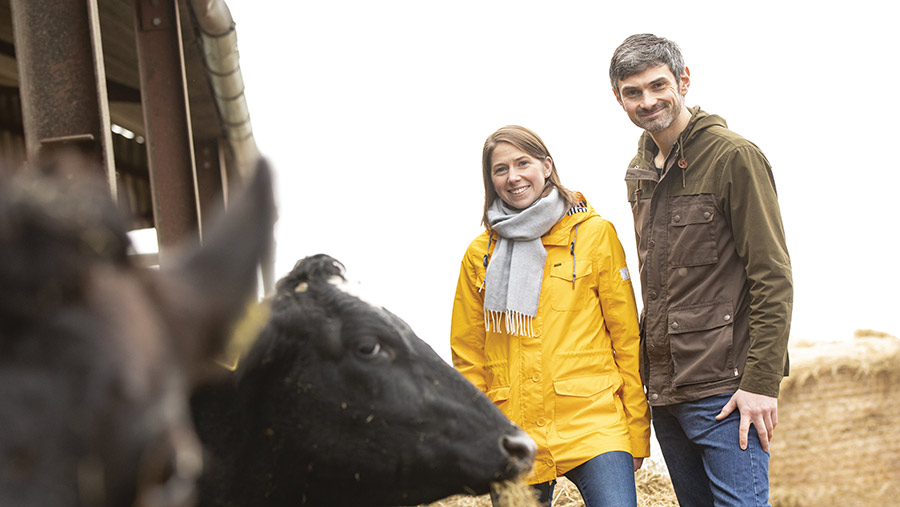Farmer Focus: Home-made electrolyte on calving to-do list
 © Cathal Noonan
© Cathal Noonan A surprise start to the calving season came with a five-week-premature calf around New Year’s Day.
When our planned start of calving is 1 February, this little one certainly startled us.
She weighed in at about 13kg, and we were fearful the little Jersey heifer might struggle with feeding or have trouble with underdeveloped lungs. Thankfully, she has shown a fighter’s spirit and is as healthy as a trout.
She has vigorously consumed litres of creamy milk and doubled in size over a few weeks, to the joy of my children.
See also: How Daylesford dairy is making a margin over concentrate of 29ppl
Her arrival brought the pre-calving to-do list under pressure for completion:
- Service parlour and change milk liners
- Replace teats and wash buckets
- Order calf tags and buy bagged calf mix
- Check calving cameras, shed lighting and heat lamp bulbs
- Prepare calving box with ropes, iodine, salt, lube and gloves
- Powerhose and disinfect maternity pens and print calving chart
- Buy a new freezer to store good quality colostrum
- Sachets of homemade electrolyte prepared (40g glucose, 12g bicarbonate of soda, 8g low-sodium salt).
Planning and preparation are so important for seasonal calving systems. Those first four weeks are hellishly tough, with not a moment to spare for anything else. Ensuring things run smoothly pays dividends.
For us, I think the parlour service is paramount. After the dry-off down time and that spell of cold weather, it’s so important to run it without any cows in the parlour and check the basics yourself.
We check the vacuum gauge and change the filter on the regulator and listen for air leaks from any cracked rubber, especially where it joins pipes or clusters.
Those simple steps can save heartache with parlour-related mastitis issues in that early post calving phase when cows are most at risk from infection.
We got all the preparation done and, last weekend, savoured the calm before the storm.
But before we had time to get too smug, the farm water pump stopped working, then the freezer developed an electrical fault and the seal on the parlour water heater went, meaning a new heater. You can never plan for the unexpected.
Gillian and Neil O’Sullivan are dairy farmers from southern Ireland. Read more.
